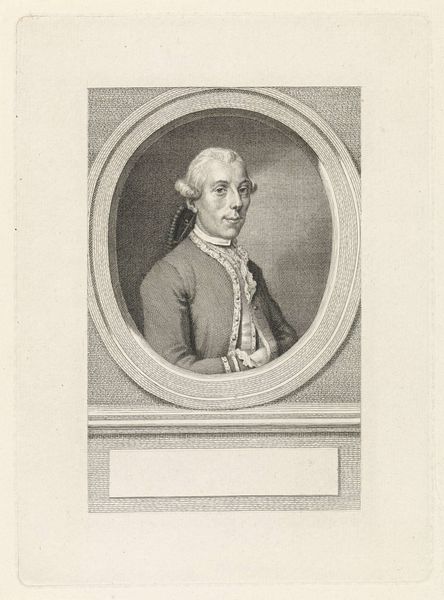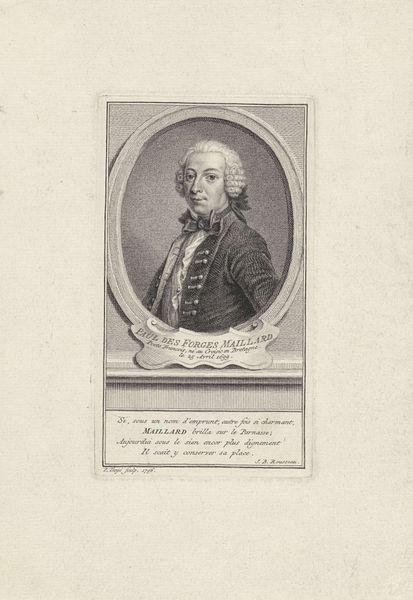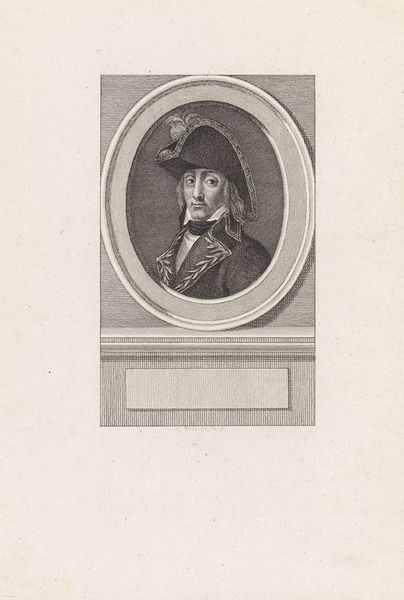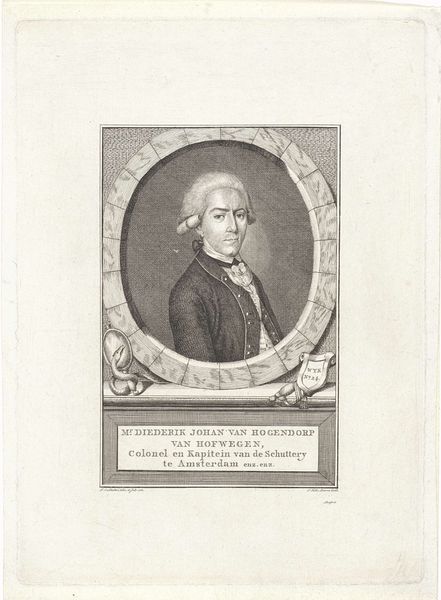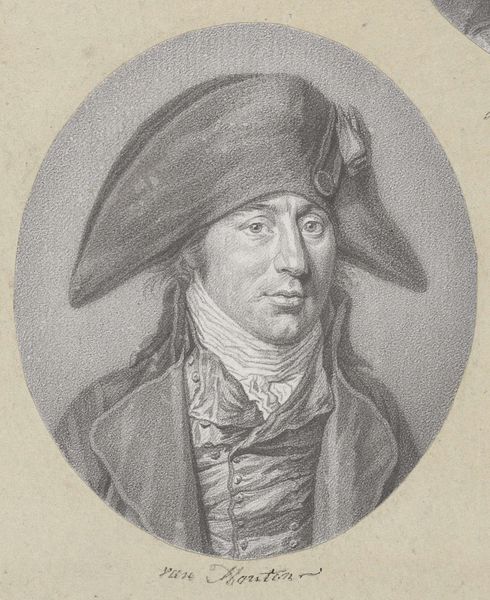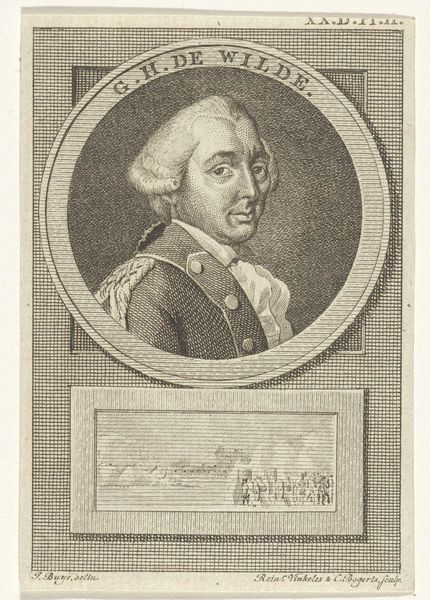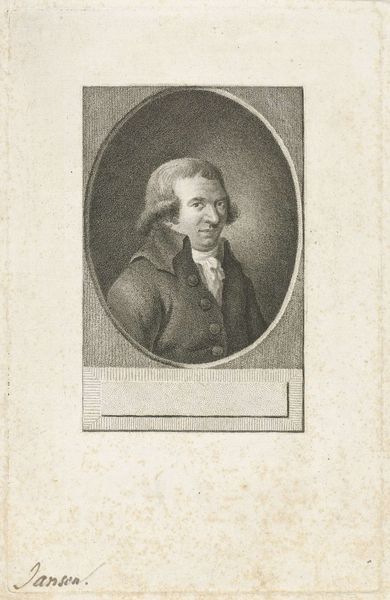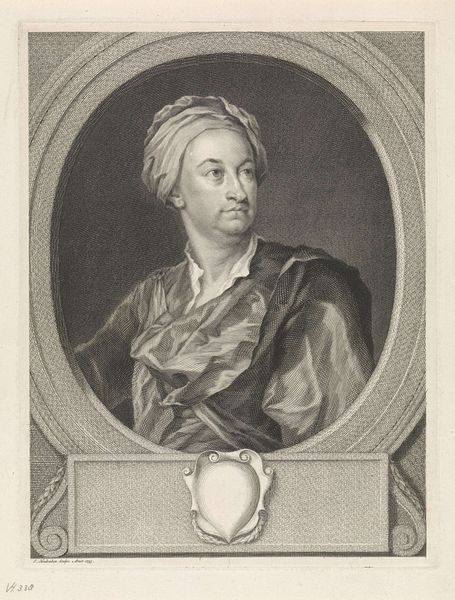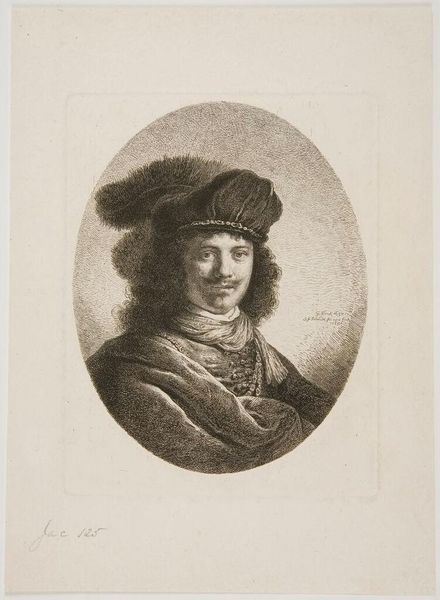
Portret van de militair François-Athanase Charette de la Contrie 1805
0:00
0:00
#
pencil drawn
#
light pencil work
#
pencil sketch
#
old engraving style
#
personal sketchbook
#
portrait reference
#
pencil drawing
#
limited contrast and shading
#
portrait drawing
#
pencil work
Dimensions: height 183 mm, width 112 mm
Copyright: Rijks Museum: Open Domain
Ludwig Gottlieb Portman made this print of François-Athanase Charette de la Contrie using engraving, a printmaking technique dependent on the skillful use of specialized metal tools. The image is built up from tiny etched lines, each one dug into a copper plate, to create the impression of tone and shade. It's a labor-intensive process. The engraver carefully and precisely incises lines into the metal, which then hold ink to transfer the image onto paper. The density and direction of these lines define the forms, textures, and details of the portrait, from the subject's clothing to his facial features. Notice how the lines are more closely spaced to create darker areas and further apart to indicate lighter tones. Engraving was historically used for reproductive prints, spreading images widely, but it also speaks to the skill and artistry of the printmaker, who transforms an image into a new, accessible form, reflective of the increasing mechanization of the arts. Appreciating the technique allows us to see the layers of meaning embedded in the artwork.
Comments
No comments
Be the first to comment and join the conversation on the ultimate creative platform.
